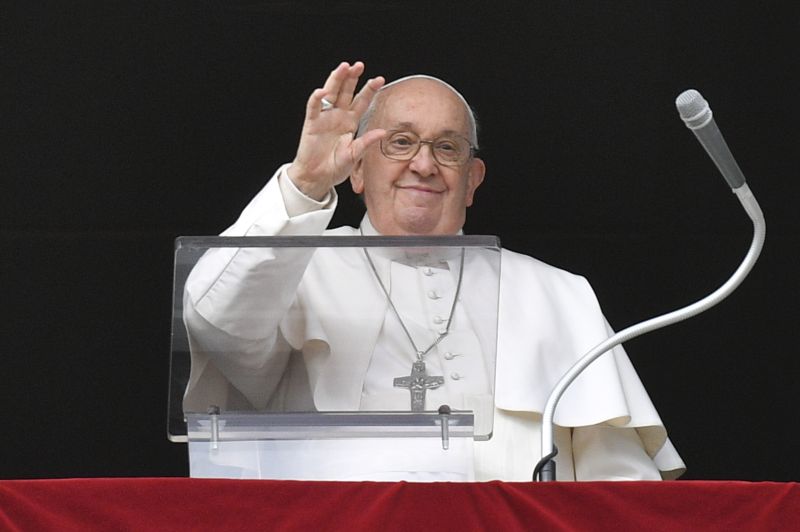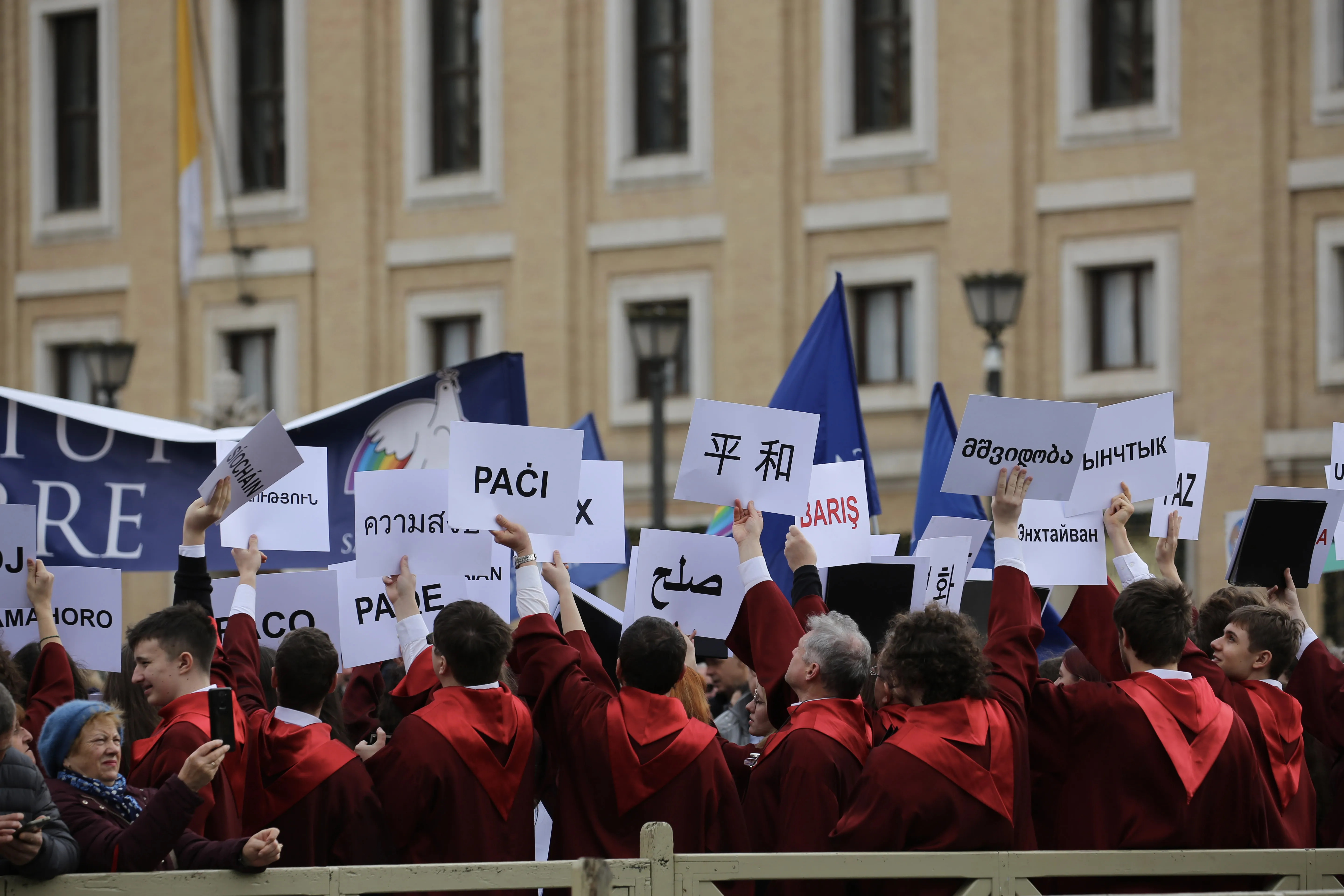
We will assign different proportions to divine intervention and human ingenuity, but that is a mechanical issue: Providence has decreed that Notre Dame cathedral be safe for the time being. Fire did not destroy her utterly, nor even damage her to the extent originally feared. Investigators will determine the cause of the conflagration. In the meantime, the public discussion will largely regard two questions—or rather, one question in two distinct moments—which are functions of one another: what do we do now, and what does it mean?
Before the fires were out—indeed, before the blaze was minimally under control—people were reading the sight as a sign, a portent, a metaphor: for the decadent West; for the sad and sorry state of the Church in France and throughout the world; as severe mercy and as foretaste of wrath. There is sure to be a little truth, at least, in every reading.
It was one of those moments in which it becomes evident that there is a story here, and that we are wrapped (rapt?) up in it. As the writer and professor Norman Maclean put it in his great novella, A River Runs Through It:
[L]ife every now and then becomes literature—not for long, of course, but long enough to be what we best remember, and often enough so that what we eventually come to mean by life are those moments when life, instead of going sideways, backwards, forward, or nowhere at all, lines out straight, tense and inevitable, with a complication, climax, and, given some luck, a purgation, as if life had been made and not happened.
Maclean—who knew a thing or two about fire, by the way—was a lifelong fisherman, whose world was gone before he was, or almost. As an old fisherman, he spent his evenings as he had spent many days, gazing at the surface of the water. He would be looking for a sign.
I mention this, because the search for deeper meaning to the blaze in Paris strikes me not so much as misplaced as misdirected. Ours in this case is not so much to break the surface and penetrate the depths of significance in the event, as to allow the breakthrough of the elemental fire to work its work on us. “Fires happen. That’s all I got,” I wrote to my brother in the early hours of Tuesday morning. It still is.
We live in a world in which fires happen. It is a given. This week, in Paris, a terrible fire broke out in a very old, very beautiful, sacred building that is also a great feat of architecture and engineering. The Blessed Sacrament that lived in the cathedral is safe, as are the relics of Our Lord’s Passion.There was no loss of life, and only one injury, to a firefighter, for whose recovery we surely pray.
Civilization is a fine thing. One of the reasons we go straight in search of the “deeper” meaning in things like this, is that we do not really like to look that reality square in the face.
The people who built Notre Dame cathedral knew something about fires happening. They had seen lots of them. They knew it was not a question of whether, but of when fire would come to the island in the Seine. They accounted for the inevitability when they built their house to God and dedicated it to Our Lady, His Mother and queen of their city. Still, they built—and so well, for Our Lady of Paris, that her structure withstood the blaze that broke out late Monday afternoon and raged for hours into the night.
We know more than Notre Dame’s architects and engineers about how to keep fires from starting in buildings, and about how to keep fires that start in buildings from consuming the buildings in which they start. We know comparatively little, however, about building temples that are bivouacs of Divinity. There, we have much to learn from our forebears.
For what it’s worth, I hope to see the central vault restored and the roof rebuilt. Let them fell one oak from Versailles, but otherwise use materials less prone to conflagration—and for God’s sake, put in some heat sensors and a sprinkler system.
Come to think of it, that is not a bad way of looking at the troubles in the Church today, and could be a useful way to think about what’s needed to remedy them.
If you value the news and views Catholic World Report provides, please consider donating to support our efforts. Your contribution will help us continue to make CWR available to all readers worldwide for free, without a subscription. Thank you for your generosity!
Click here for more information on donating to CWR. Click here to sign up for our newsletter.








“Fires happen. That’s all I got.”
Why the editors thought this piece worth publishing is unclear. Most people doing something else during Holy Week I guess.
While locating the spiritual bonus of an even let’s not overlook the facts of it:
https://www.youtube.com/watch?v=5Mh4sRYaz6I&app=desktop
The old Southern Baptist saying that I grew up with as a kid comes to mind, “A church is not a building it is the congregation”. From what I understand of the state of Catholicism in France maybe it would be more appropriate to leave this old churh as is and send all the money raised to the growing chuches in Africa and Asia.
In response to GKA, it is interesting to note that as soon as the fire started, spontaneous large groups formed all over the city to pray and sing in devotion. The number of young people there was just astonishing and comforting, teenagers, college students…
Maybe it is in such cases that people feel the need for closeness in prayer. Maybe the fire at ND was a good thing. For someone who did not grow up in France, as seems to be the case with GKA above, maybe ND de Paris is just an old church. But for those like myself who grew up in France and while studying in Paris worshipped at Notre Dame, it is not an old church. It is a real beacon of hope and spirituality. All masses at ND are packed. Attending mass there has a high spiritual dimension. Atheists have discovered the Faith while visiting the cathedral and attending mass. Today, even people from different faiths are always moved when visiting the cathedral.
However, it is to be pointed out that for many, especially in this country (USA), ND de Paris is only a historical monument, a monument to France, its history, its grandeur etc.. But as the archbishop of Paris put it, it is before anything else a Roman Catholic Cathedral, an active church. It is a beacon of hope, an island of spirituality in a more and more secular modern world.
Donating money to rebuild the cathedral is good. But what is important is to rebuild the church, the parish (yes ND is also a parish), to rebuilt it spiritually as well as materially.
Finally, I would respectfully advise anyone who emits such critic as the one above to visit the place before placing an opinion. I also advise visiting France and assess the pretended sorry state of affairs for the Catholic Church there… One would see a different picture than the one painted by some. One would witness a church still very much alive and vibrant.
P.
Matthew Arnold said this years ago in CULTURE AND ANARCHY,his Victorian era essay; John Stuart Mill said it; Thomas Carlyle said it; John Henry Newman said it; St.Thomas More said it in UTOPIA; St. Augustine said it; St. Paul said it when he wrote, “We have not here a lasting city.”
I do hope to visit one day.